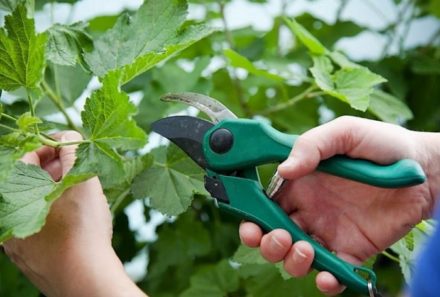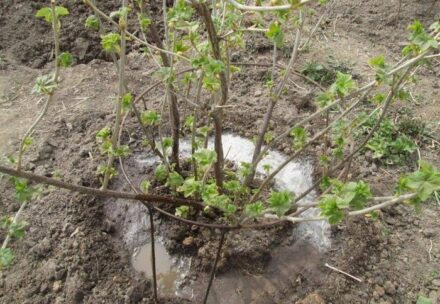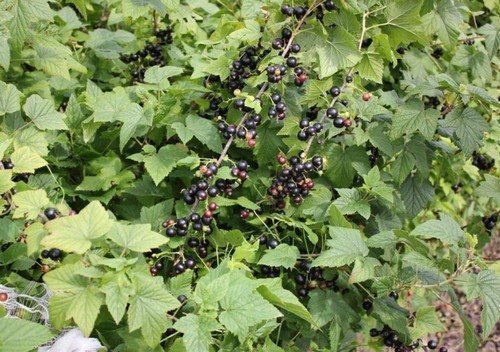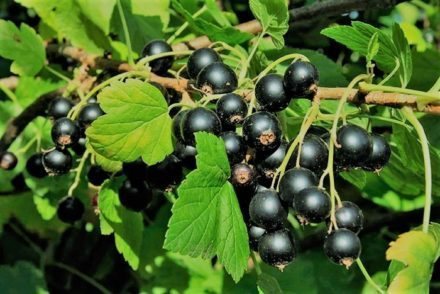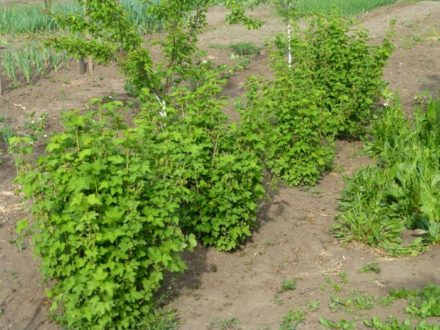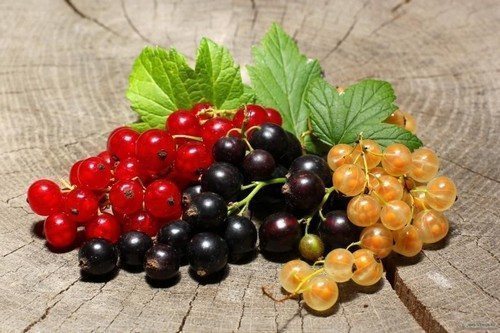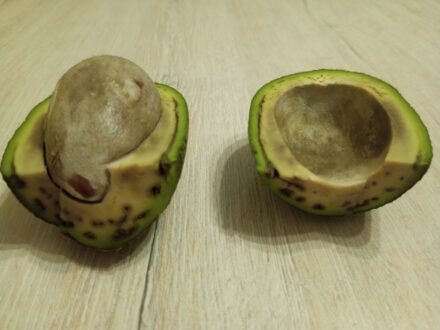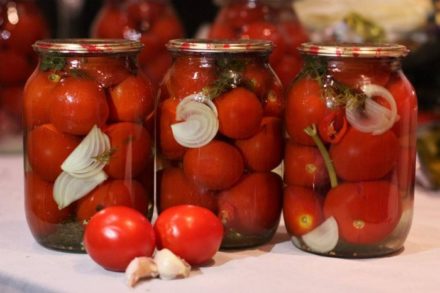After harvesting, summer residents begin the time to prepare. Tasty and aromatic currant jam is widely used in cooking. It can be served with tea, used as a base for jelly and as a filling for baked goods. Housewives are constantly experimenting, inventing new recipes for currant jam. However, the result is not always successful. There are 5 common mistakes that can spoil the taste or consistency of the finished product and make it less healthy.
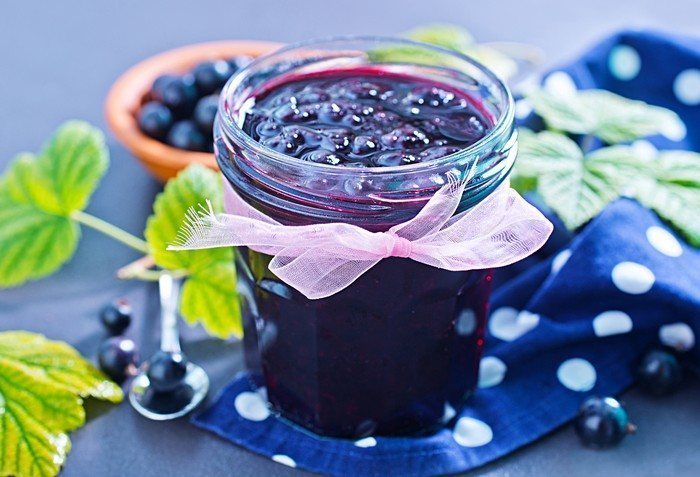
Wrong ratio of berries and sugar
The jam will not thicken if you add little sugar. For example, when less than 1 kg of granulated sugar is taken per 1 kg of currants. No matter how much you cook this jam, it will remain liquid. There should be the same amount of sugar or 1.5 times more than berries. The higher the storage temperature, the more sand should be put into the workpiece.
Those who are trying to limit sweets in their diet will benefit from the addition of pectin, agar-agar and gelatin. Any of these thickeners can replace some of the sugar. According to the accepted technology, pectin, gelatin or agar-agar is soaked for 10 minutes in warm water, then poured into boiling syrup at the end of cooking and cooked for 3-5 minutes.
The amount of thickener depends on the desired consistency. You can first put 1.5 tsp. for 1 kilogram of berries, if the syrup seems watery, add a little more.If you overdose the thickener after cooling, the jam will be too dense and may taste bitter.
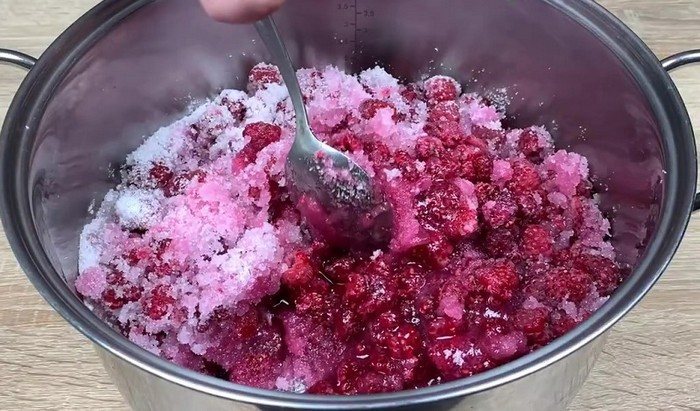
High heat
There is no need to rush while preparing jam. The berries are first covered with sand in a cooking pan and allowed to stand for several hours until the currants release their juice.
Then place the dish on medium heat and bring its contents to a boil, gently stirring during the cooking process. After this, reduce the heat to a minimum and continue to cook the jam according to the recipe.
If the flame is too strong, the sugar syrup may burn and spoil the taste of the jam or the berries will turn into a shapeless mass. The best cooking method, in which currants retain their shape, is interval cooking. Using this method, the jam is cooked in several batches for 5-10 minutes until cooked.
Choosing the wrong cookware
The container for making jam must have a suitable shape. It is better to choose a saucepan or stewpan with a thick bottom and low sides. In a narrow and high pan, the layer of berries turns out to be too thick, they press on each other and burst.
It is better to choose a saucepan or pan with a wide bottom. In such a container, the berries will remain intact, and the syrup will quickly thicken, as excess moisture evaporates at an accelerated pace.
It is equally important what material the dishes are made of. Currants contain many organic acids, which, when heated, react with copper and aluminum ions. As a result, the taste of the jam deteriorates and harmful substances enter it.
Enameled dishes are also not very suitable for making jam. Sugar syrup easily sticks to the enamel.It is better to opt for a stainless steel pan with thicker walls and bottom.
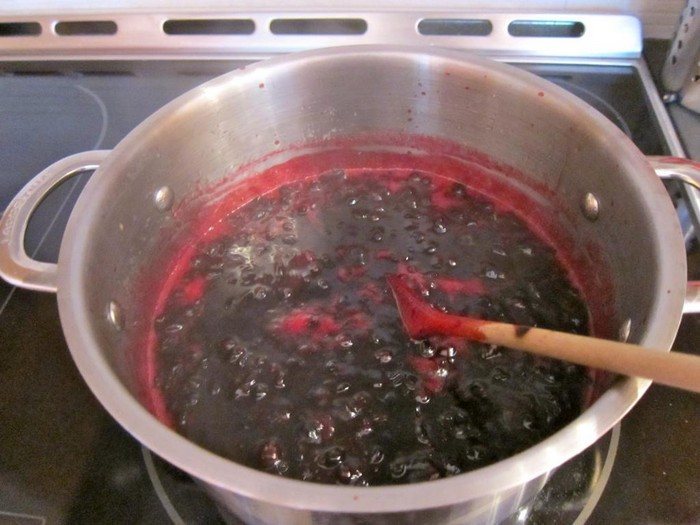
Using overripe berries
In order to make jam with clear syrup and whole berries, the currants are first sorted. Freshly harvested crops are suitable for harvesting for the winter.
Overripe, soft or damaged berries are not suitable for jam. They make jam, jelly, and jam. The currant berries selected for jam are washed, separated from the branches and left in a colander to drain.

Cooking too long
Overcooked jam turns brown in color. This is due to the fact that as a result of prolonged heating, the sugar caramelizes. The taste of such a preparation becomes sickly sweet.
Vitamins are destroyed by prolonged heating. It is better to cook currants for five minutes. The berries remain almost as fresh and retain maximum benefits. Cooking time in the traditional way should not exceed 20 minutes.
There are no small details when making jam. You need to choose the right dishes, use a sufficient amount of sugar, and boil the berries in syrup over low heat. By the way, you can prepare dessert in a slow cooker. In winter, the workpiece is kept in a pantry or other utility room. Jam with a reduced amount of sugar is stored in the refrigerator, otherwise it will ferment.



